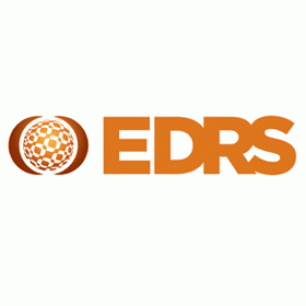Use of synthetic cannabis has halved among a group of regular stimulant drug users and use of other synthetic drugs appears to have stabilised, a national drugs trends conference will hear today.
According to the 2014 Ecstasy and Related Drugs Reporting System (EDRS), which interviewed 800 regular psychostimulant users across Australia to determine trends in drug use, only seven per cent reported using synthetic cannabis in 2014 compared with 16 per cent in 2013. Only three per cent of users reported using the most popular brand Kronic compared with eight per cent in 2013.
Use of other new psychoactive substances (NPS) (also known as ‘synthetic drugs’) stabilised over the reporting period, with 36 per cent of drug users reporting using NPS. NPS are substances which are variants or mimic a parent compound which is usually a prohibited drug such as cocaine or MDMA (ecstasy), and are often sold as “legal highs”.
Despite the low use of synthetics, there was a need to be extremely vigilant, said chief investigator of the study, Associate Professor Lucy Burns.
“Our other monitoring systems such as the internet monitoring program also indicate that demand for new psychoactive substances has fallen among people buying drugs online on underground websites.
“Nevertheless we know they are a huge problem internationally, particularly in Europe where 250 new substances have been identified in the last four years.”
It is still a concern that 36 per cent of regular psychostimulant users interviewed in 2014 reported using a new psychoactive substance, Dr Burns said.
“Manufacturers and sellers of such drugs, which are also marketed as legal highs, are very inventive at getting around regulations by changing the compounds in the drugs and the problem for users is that very often they do not know what they are taking,” she said.
“A high proportion of the problems we are seeing stem from people inadvertently taking a drug with psychedelic qualities and exposing themselves to a “bad trip” and putting themselves in situations that can be harmful.”
The Australian Government’s National Drug Strategy Household Survey, which this year reported for the first time on the use of new and emerging synthetic drugs among the general Australian population aged 14 or older, also found use to be extremely low with only 0.4 per cent of Australians reporting use in the previous year.
The 2014 findings from the Ecstasy and Related Drugs Reporting System (EDRS) will be presented at the National Drug Trends Conference in Sydney today (October 20).
- Ends -
For the conference program and more detailed findings from each state and territory, please see the attachment 2014 Drug Trends Conference Handout.
What: 2014 National Drugs Trends Conference.
When: Monday 20 October 2014, 8.45 am – 5.00pm
Where: Australian National Maritime Museum Sydney
Media contacts:
Marion Downey, Communications Manager, National Drug and Alcohol Research Centre
P: (02) 9385 0180 / 0401 713 850 / m.downey@unsw.edu.au
Erin O’Loughlin, Communications Officer, National Drug and Alcohol Research Centre
P: (02) 9385 0124 / 0402 870 996 / erin.oloughlin@unsw.edu.au
About the Ecstasy and Related Drug Reporting System (EDRS)
The EDRS is a national illicit drug monitoring system intended to serve as a strategic early warning system, identifying emerging trends of local and national concern in illicit drug markets.
The EDRS has three components: interviews with regular psychostimulant users; interviews with key experts, professionals who have regular contact with regular psychostimulant/recreational users through their work; and analysis and examination of indicator data sources related to ecstasy and other related drugs.
The EDRS monitors the price, purity, availability and patterns of use of ecstasy and related drugs (ERD), namely ecstasy, methamphetamine, cocaine, new psychoactive substances, ketamine, GHB, MDA and LSD. ERD includes drugs that are routinely used in the context of entertainment venues and other recreational locations including nightclubs, dance parties, pubs and music festivals.
The EDRS is designed to be sensitive to trends, providing data in a timely manner, rather than describing issues in extensive detail. The results of the EDRS are NOT representative of illicit drug use in the general population. The results are intended to indicate emerging trends to assist policy makers, law enforcers and clinicians.
The EDRS is funded by the Australian Government Department of Health.



